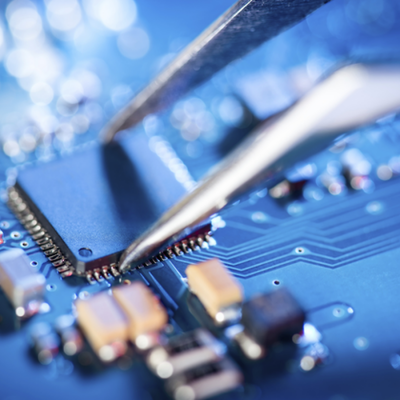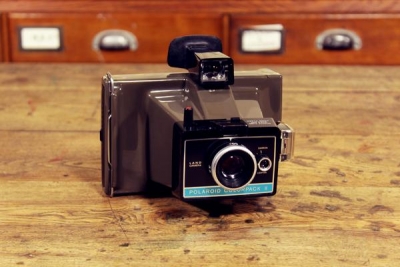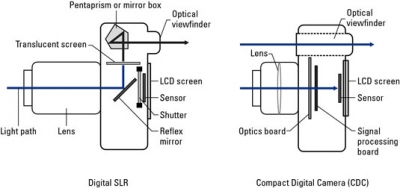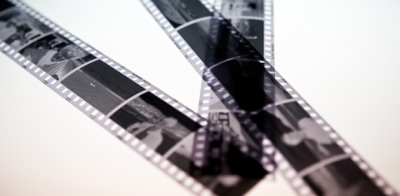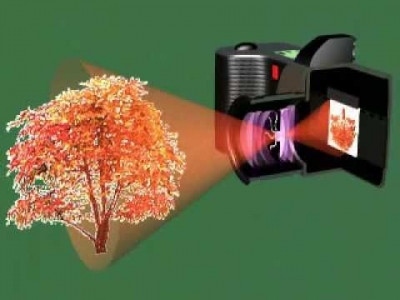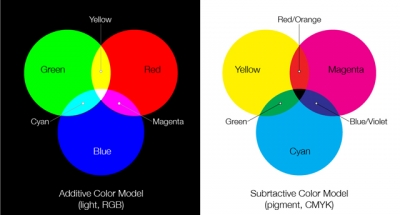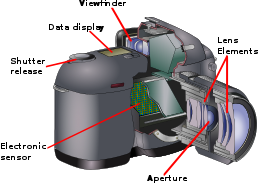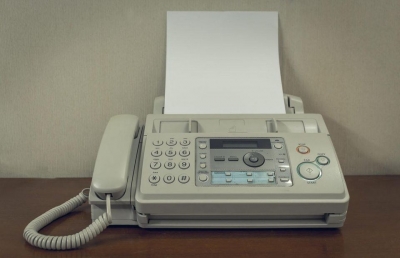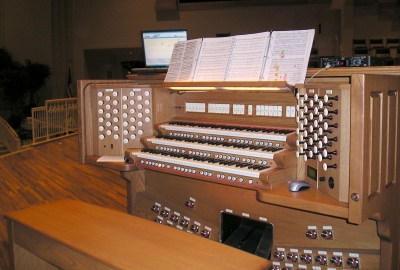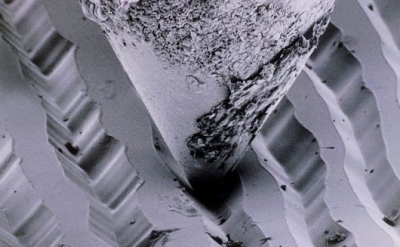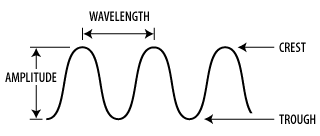How the silicon conducts electricity?

Pure silicon is an insulator — it does not conduct electric current However, if it is impure — containing certain other elements — it will conduct a weak current. So it is called a semiconductor, halfway between an insulator and conductor. Semiconductors allow the delicate control of current needed for demonic devices, such as transistors, to an extent impossible with full conductors such as metals. A semiconductor is made by adding elements - usually phosphorus or boron — to the silicon. if a small amount of the phosphorus is introduced as a gas while the silicon crystal is being formed into a chip, the phosphorus atoms bond together with some of the silicon atoms. Four electrons in the outer layers of each type of atom pair off, but one phosphorus electron is spare, so it is left free to form an electric current when a voltage is applied. Electrons are negatively charged, so this type of crystal is called an n- type (negative) semiconductor.
If small amount of boron is mixed with the silicon, there is one electron short in the bonding system, leaving a hole that attracts five electrons. Free holes create a positive charge so the crystal is called a p-type (positive) semiconductor. These two types of semiconductor are formed in sections within one crystal for most microchip components.
Picture Credit : Google
